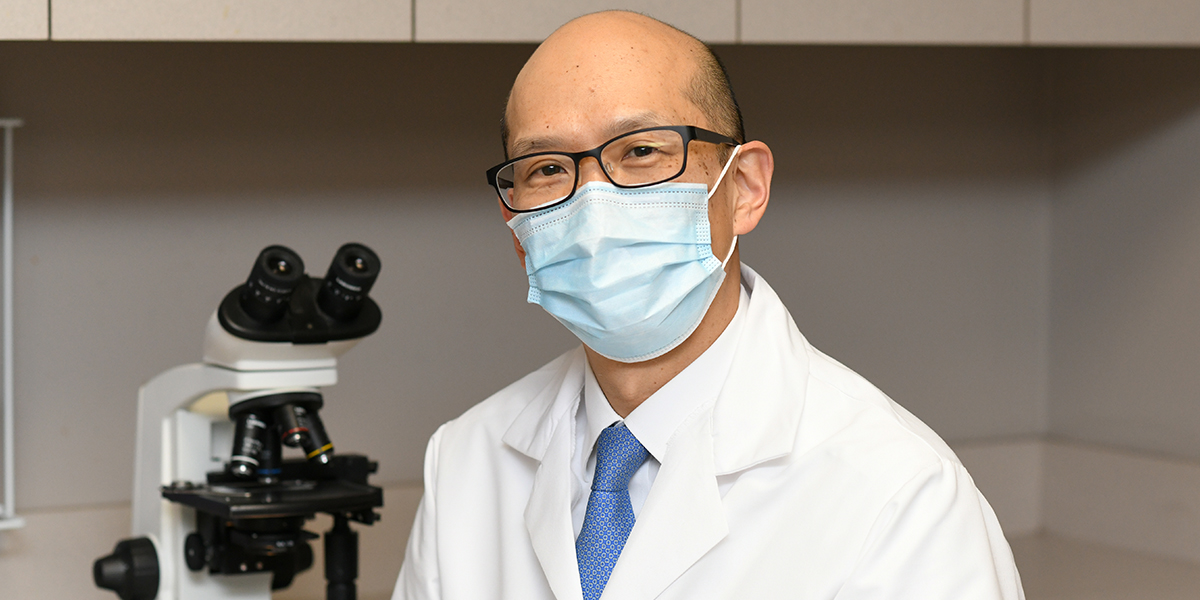Center for Sexual Health and Fertility Embraces Robot-Assisted Microsurgery
Subspecialty is using robotic surgical system features to enhance surgical performance and education

During the past several years, the Department of Urology’s Center for Sexual Health and Fertility has expanded its use of robotic-assisted surgery to microsurgery procedures — designed to utilize updated technology and potentially improve fertility rates among men.
David Shin, M.D., Chief, Center for Sexual Health and Fertility, Department of Urology, Hackensack University Medical Center and Associate Professor and Vice Chair, Urology, Hackensack Meridian School of Medicine, is primarily using robot-assisted microsurgery to perform varicocelectomy, vasectomy reversal and spermatic cord denervation procedures to treat chronic testicular pain. The robotic surgical system is used in place of a surgical microscope to provide Dr. Shin and his colleagues with 3D, real-time visualization of the surgical field.
“We’ve been using the operating microscope for 30 or 40 years,” said Dr. Shin. “With the robot, we can make the same small incision and perform procedures with improved comfort, visibility and precision while delivering similar — if not improved — outcomes for patients.”
Unlike the operating microscope, the robotic surgical system includes near-infrared imaging (Firefly™) that uses an injection of indocyanine green (ICG) to highlight the arterial anatomy of the spermatic cord.
Dr. Shin was the first to illustrate this application of Firefly™ technology for robot-assisted varicocele repairs in a video abstract presented at the American Urological Association’s 2023 annual meeting titled, “ICG Angiography in Robotic Varicocelectomy.”
During a varicocelectomy, Firefly™ can be used to highlight the testicular artery to avoid unnecessary manipulation or damage — a superior, more precise method when compared to identifying the artery’s location using an intraoperative doppler probe during traditional microsurgery.
“With the touch of a button, we can switch the robot to ‘FireflyTM mode,’ and within 30 seconds, the testicular artery is highlighted in bright green on our video console,” said Dr. Shin. “Although using Firefly™ during robotic surgery isn’t a new concept, we were the first to show how it can help surgeons more easily avoid the testicular artery during varicocelectomy to prevent accidental injury and protect the blood supply to the testicles.”
Learn more about innovative urological care at Hackensack University Medical Center.
If you are a patient looking for expert urology care at Hackensack Meridian Health, please visit our urology services page to learn about our specialties, find locations, and schedule appointments.
